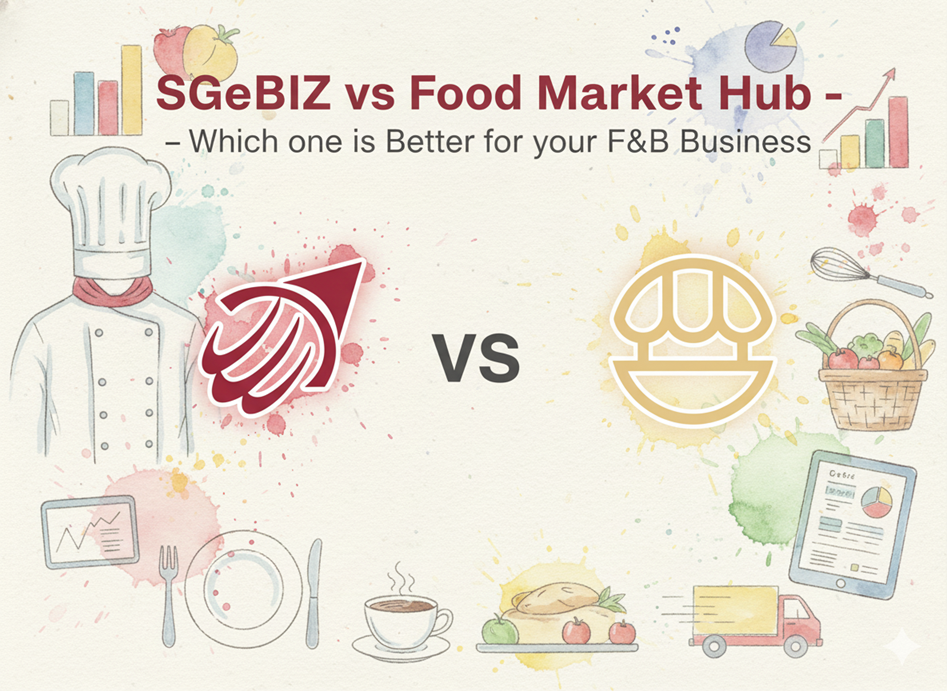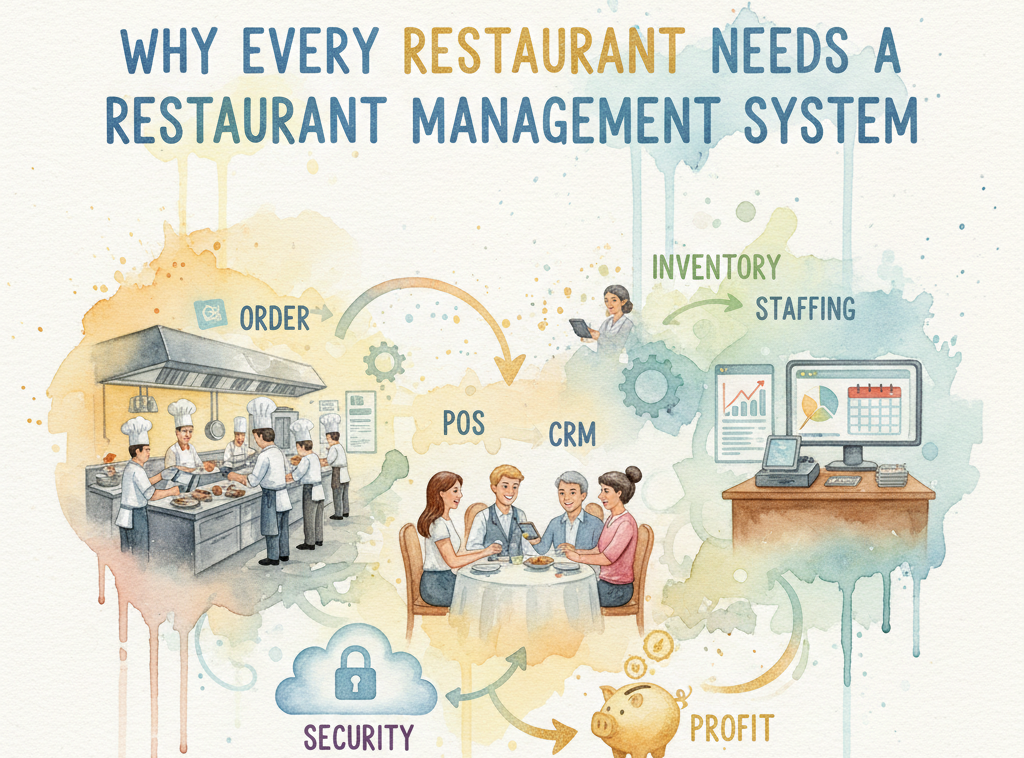3 Ways Food Market Hub Can Empower Restaurateurs

As digitalisation has become more prominent in the F&B industry, many restaurateurs have long familiarised themselves with several softwares that help run their business more efficiently. One of the most commonly used, apart from POS and accounting softwares, are procurement and inventory management platforms.
Recent research has shown that restaurateurs can boost their profit margin by up to 15% by utilising an advanced procurement platform such as Food Market Hub. At its core, the company aims to simplify and streamline the back-end processes of restaurants, minimising manual administrative tasks and keeping permanent records of all purchases.
The platform’s role is to centralise communication processes between restaurants and their suppliers while also enabling restaurateurs to browse their supplier options and purchase orders automatically. However, there are many other ways Food Market Hub can empower restaurateurs in running their businesses. Read on below:

1. Inventory Management
- Stock count
Being one of Food Market Hub’s most reliable features, Stock Count allows restaurateurs to keep track of their inventory daily, weekly and even monthly. The intuitive software shows the current stock balance and allows restaurateurs to set their own par level.
Par level, which indicates the minimum stock level of each item, is indispensable for restaurateurs as it notifies them when to check out their next orders. For the next orders, Food Market Hub’s analytics is capable of automatically suggesting the optimised amount of purchases.
- Order forecast and templates
Equipped with AI, Food Market Hub can forecast each restaurant’s purchasing needs by analysing past data. The restaurateurs can then get suggested orders and optimise their purchase amount.
There are also order templates available, which keep track of recurring orders and enables restaurateurs to place automated orders daily, or weekly. Purchase orders are also automatically generated and well-documented, which makes it easier for restaurateurs to tally what has arrived with the actual order.
- Stock wastage and adjustment
With Food Market Hub, restaurateurs can reduce their wastage significantly by using the Stock Wastage feature, in which they can manually record by the end of each day the amount of ingredients that was spoiled or unused. This helps restaurateurs to quantify and keep track of their food wastage. This then alerts restaurateurs to recalculate their par levels to minimise their order next time.
Should there be some differences between the automated stock count and the actual stock count in the restaurants, users are enabled to use the Stock Adjustment feature. This tool allows them to report any counts that do not tally, which in turn will be automatically reported in the Variance Report.

2. Recipe Management
- Recipe list and menu order
Under the Recipe List, restaurateurs can list down the ingredients that they used to make up a certain dish under their menu. The system then will deduct the inventory based on the recipe each time it is ordered (utilising the Menu Order feature) which helps restaurateurs to calculate their COGS and sales. This is made possible as Food Market Hub can integrate seamlessly with the restaurant’s POS system.

3. Report Generation
- Variance report
Being one of the most useful features under Food Market Hub, Variance Report gives restaurateurs a deeper insight into their exact stock balance and system-generated balance. This gives them the ability to troubleshoot any common issues faced in running a restaurant such as; food wastage, missing items, and so on.
Ultimately, this automated report gives full transparency to restaurateurs, which is vital to have in monitoring a restaurant’s performance.
- Purchase analysis and price history
The intuitive platform provides accurate purchase analysis and a permanent record of all past purchases. Food Market Hub can track each item bought by a restaurant, and also which items they bought the most in a certain period, which allows restaurateurs to have proper planning.
As this feature gives restaurateurs full access to their items’ costs and calculates the exact percentage of profit made from selling them, restaurateurs can have complete data on their COGS. This empowers them to strategise accordingly in minimising their COGS.
With its purchase price history, Food Market Hub indicates changes of goods prices, enabling restaurateurs to negotiate better prices with their suppliers. This feature has been proven to minimise up to 12% of restaurants’ purchasing costs, as they are able to gain better deals from their suppliers.
- Accounting and sales reports
As Food Market Hub facilitates third party integration with the accounting and POS systems of a restaurant, it is able to generate invoices and real-time reports. This allows restaurateurs to properly track sales data and reduces the time required for record-keeping by up to 60%.
Food Market Hub - the one-stop solution for restaurateurs
The procurement and inventory management platform is designed to provide restaurateurs with the tools to automate their back-end operations while also having easy access to the restaurant’s data and performance, allowing them to make informed decisions.

Click here to apply for your FREE demo










